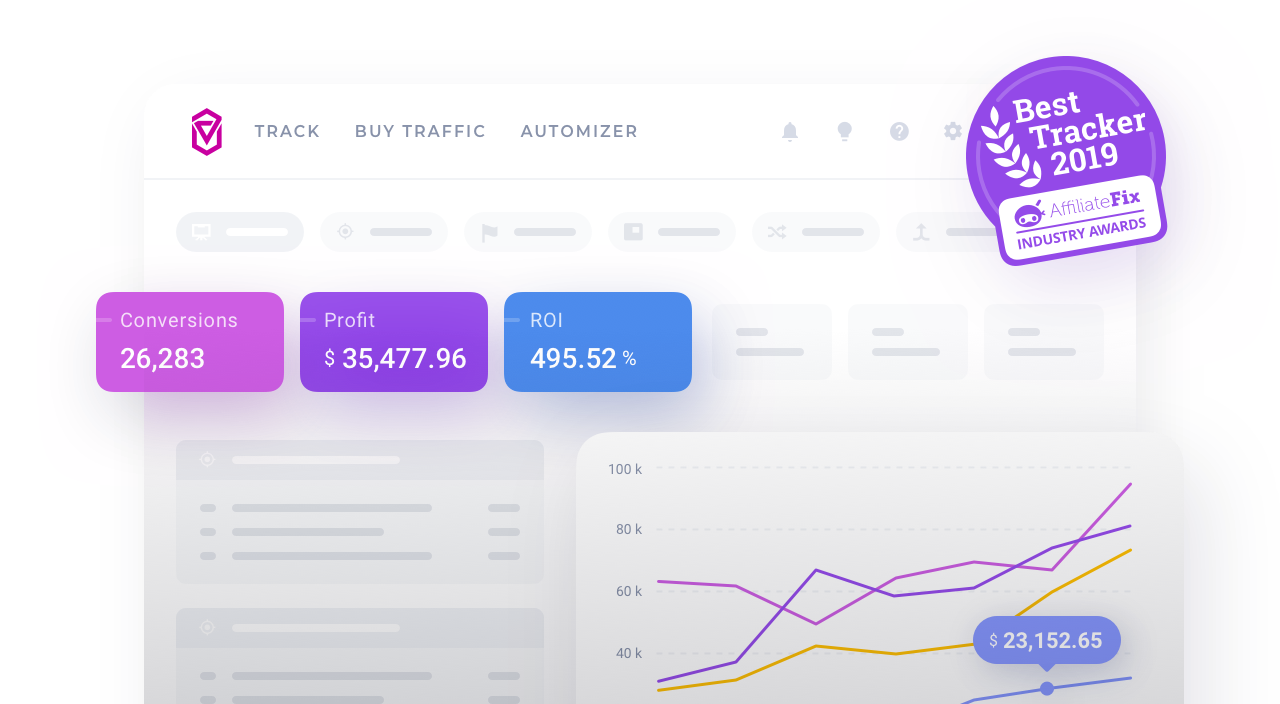Facebook conversion integration
Before You Start
- Facebook Business Manager account with Facebook Pixel.
-
Conversion API and Pixel ID. To get them, follow the steps below:
-
A Pixel ID. To get it, go to your Facebook Pixel's setting page, go to the Details section and copy it to the clipboard. Then paste it to any text editing tool.

-
A conversion API token. To get it, go to Facebook Pixel settings and scroll down to the Conversion API section and click the Generate Access Token within Set up manually section.

Once you have it, copy it to the clipboard and paste it to any text editing tool.

-
- Verified domain.
Your domain has to be verified in Facebook. It doesn't have to be the one added as the Custom Domain in Voluum.
Facebook Ads (now Meta Ads) requires that all conversions that it can register have to occur on a domain that is owned by a user. To make sure that a user has control over the domain, it has a verification mechanism that requires admin privileges to pass the verification test.
This is a problem for affiliate marketers that get offers from affiliate networks, and therefore have no control over their domains.
To combat this problem, Voluum has developed a workaround that works like this:
- You verify in Facebook ANY domain that you own and have control over.
- You integrate your Facebook Ads (now Meta Ads) Account with Voluum.
- You generate a postback URL in Voluum and use it as a traffic source postback URL.
To verify a domain, follow the steps below:
The first thing you need to do is to verify your domain in Facebook:
- Go to your Business Manager Account, then go to Settings / Brand Safety / Domains or just click the following link: https://business.facebook.com/settings/owned-domains/
- Add your domain.
-
Select one of three methods of verifying your domain:
- Add a meta tag. You need to edit your main landing page's HTML file and add a special tag.
- Upload an HTML verification file (this is the fastest method). Download a special verification FTM file from Facebook and upload it to your page's root directory.
- Verify by DNS (this is the easiest method)

You can find additional information here: https://developers.facebook.com/docs/sharing/domain-verification/
- Verify your domain.
- An active Voluum account.
Setting up passing conversions
- Click the Integrate button in the Facebook conversion section.

- Provide Pixel ID, Conversion API key and the verified domain into relevant fields.
- (Optional) Provide a name for the account.
- Click the Integrate button.

The last thing to do is to create a postback URL and submit it as a traffic source postback URL in Facebook Traffic Source element on your Voluum account.
-
In Voluum Automizer, in the Traffic Sources tab, click the Generate button in the postback URL column of the Facebook integration.

-
Provide a conversion action name in the Type in Facebook Conversion Action text field.
If you want to track various types of conversions, you need to generate separate postbacks for each conversion type. Do that by providing a Facebook conversion name in the Type in Facebook Conversion Action text field and provide additional details in tokens that accompany this conversion. Generate one postback, move it to any text editing tool, and generate another for a different conversion type. You can find the list of Facebook conversion types here.

Alternatively, you can use the
{eventType}token to replace the conversion action name automatically. However, this solution will only work if your custom conversion values are the same as Facebook's ones. - Copy the postback URL to the clipboard.
- Edit the Facebook traffic source.
Add ‘fbclid’ parameter in your traffic source template under ‘External ID’ to make sure that
{externalid}token will return its value.
Manually remove the 'fbclid' parameter from your tracking links, as Facebook will add them automatically anyway. So, if you have the Direct Tracking URL that looks something like this:
http://lander.com?fbclid=fbclid&ad_id={{ad.id}}&adset_id={{adset.id}}&campaign_id={{campaign.id}}&ad_name={{ad.name}}&adset_name={{adset.name}}&campaign_name={{campaign.name}}&source={{site_source_name}}&placement={{placement}}&cpid=823aeedb-9511-4523-b06b-de947db34cccYou should remove the fbclid=fbclid part, so it looks like this:
http://lander.com?&ad_id={{ad.id}}&adset_id={{adset.id}}&campaign_id={{campaign.id}}&ad_name={{ad.name}}&adset_name={{adset.name}}&campaign_name={{campaign.name}}&source={{site_source_name}}&placement={{placement}}&cpid=823aeedb-9511-4523-b06b-de947db34ccc-
Set up passing conversions:
-
For passing one conversion type, enable the Traffic source postback URL option and paste the postback URL that you have just copied.

-
For passing various conversion types, enable the Traffic source postback URL per event type option, select the custom conversion event and paste the appropriate postback URL.

-
Voluum Note: Make sure that you turn off the Pixel Redirect URL option to avoid sending your conversions twice.


